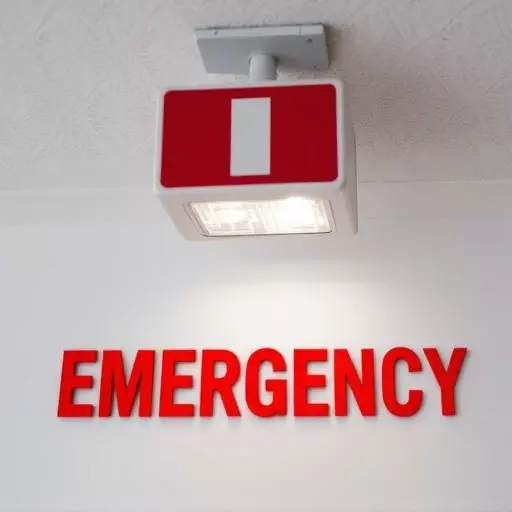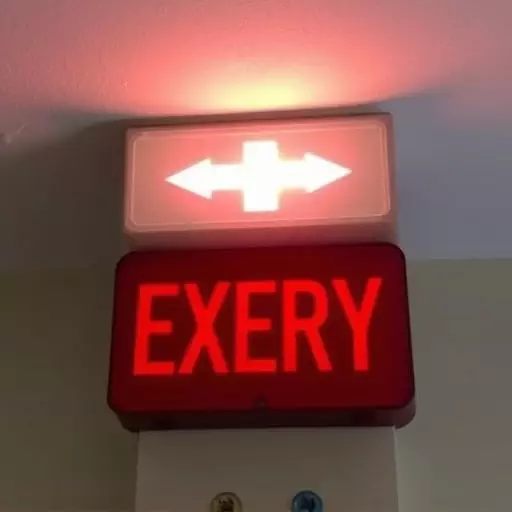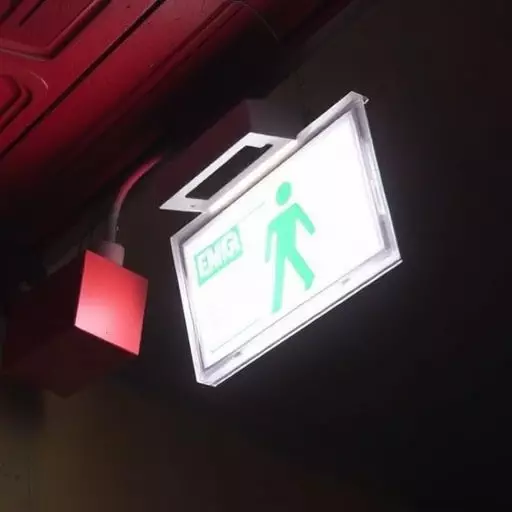Spring Lake residents should prioritize timely and professional emergency light repair for safety and compliance. Identify flickering or non-functional lights as warning signs of potential issues, including burnt-out bulbs, faulty wiring, or corrupted control modules. Certified technicians follow a systematic approach, using specialized tools for inspection and accurate diagnosis. Regular maintenance is vital to prevent costly repairs, ensuring reliable emergency lighting in critical situations like hospitals, schools, and industrial facilities.
In any Spring Lake home or business, reliable emergency lighting is non-negotiable. This crucial safety feature ensures illumination during power outages, offering vital escape routes and shelter. However, like all mechanisms, emergency lights require periodic attention. Understanding the components that make these systems tick is the first step in recognizing when a repair is needed. This article guides you through the emergency light repair process, from identifying common issues to ensuring safe, effective maintenance.
- Understanding Emergency Light Components: A Breakdown of Key Parts and Their Functions
- Common Issues and Signs That Indicate an Emergency Light Repair is Necessary
- The Step-by-Step Process for Emergency Light Component Repair
- Tools and Safety Precautions Essential for Effective Emergency Light Repairs
- When to Seek Professional Assistance: Choosing the Right Time for Emergency Light Maintenance
Understanding Emergency Light Components: A Breakdown of Key Parts and Their Functions

Common Issues and Signs That Indicate an Emergency Light Repair is Necessary

The Step-by-Step Process for Emergency Light Component Repair

When it comes to Emergency Light Repair in Spring Lake, understanding the step-by-step process is crucial. The first step involves identifying the specific component requiring repair. Common issues include flickering lights, dimming, or complete failure to illuminate. Inspecting the light for visible damage, checking connections, and testing power supply are essential parts of diagnosing the problem.
Once the faulty component is identified, the repair process can begin. This may involve replacing burnt-out bulbs, resetting electrical connections, or repairing damaged wiring. It’s important to have the right tools and follow safety protocols throughout. Regular maintenance and prompt attention to warning signs can prevent costly repairs and ensure your emergency lighting system remains reliable when it matters most.
Tools and Safety Precautions Essential for Effective Emergency Light Repairs

When undertaking emergency light component repairs in Spring Lake or any other location, it’s crucial to have the right tools and prioritize safety measures for an effective process. The emergency light repair process often requires specific equipment such as flashlights, ladder stands, multimeter testers, and replacement parts like batteries, bulbs, or control modules. These tools ensure that every aspect of the emergency lighting system is thoroughly inspected and any faulty components are accurately identified and replaced.
Safety should always be the top priority during emergency light repair Spring Lake operations. Wearing protective gear, including gloves and eye protection, is essential to guard against potential hazards. Additionally, ensuring a well-lit workspace and de-energizing the circuit before beginning repairs minimizes risks associated with electrical work. Familiarity with proper lifting techniques is also vital when handling heavy equipment or parts to prevent physical injuries during the repair process.
When to Seek Professional Assistance: Choosing the Right Time for Emergency Light Maintenance

When to seek professional assistance for your emergency light repair in Spring Lake is a crucial decision that can impact safety and compliance. While some minor issues like replacing burnt-out bulbs or adjusting fixtures might be manageable for DIY enthusiasts, more complex problems warrant the expertise of certified technicians. Signs an emergency light needs repair include flickering lights, prolonged dark periods between flashes, excessive noise, or failure to activate during a power outage – all indicating potential electrical malfunctions that require professional attention to prevent hazards.
The Emergency light repair process involves a thorough inspection to identify the root cause of the issue. Professionals use specialized tools and knowledge to diagnose problems with sensors, batteries, wiring, or control panels. Timely maintenance is key, as emergency lights are designed to function reliably in critical situations. Regular checks can help prevent failures, ensuring your safety and compliance with local building codes, especially in high-risk areas like hospitals, schools, and industrial facilities.


